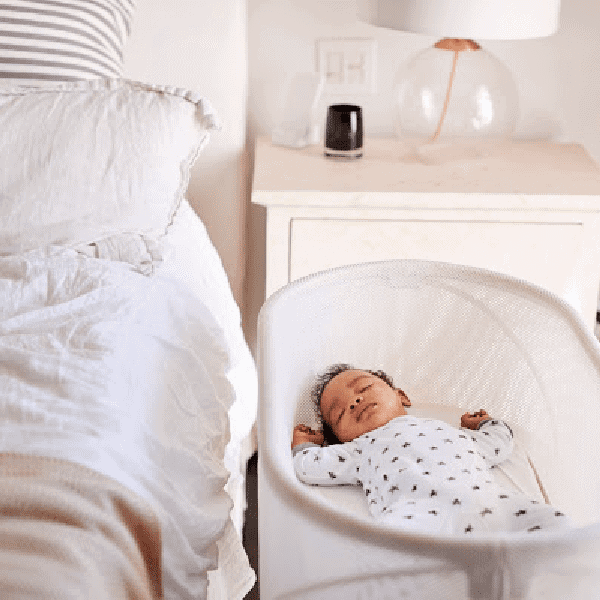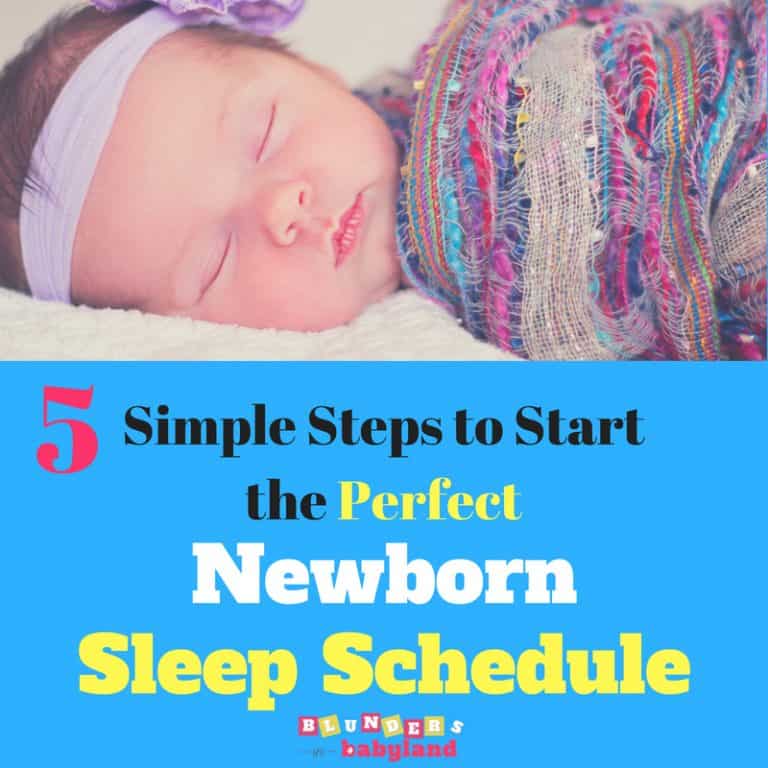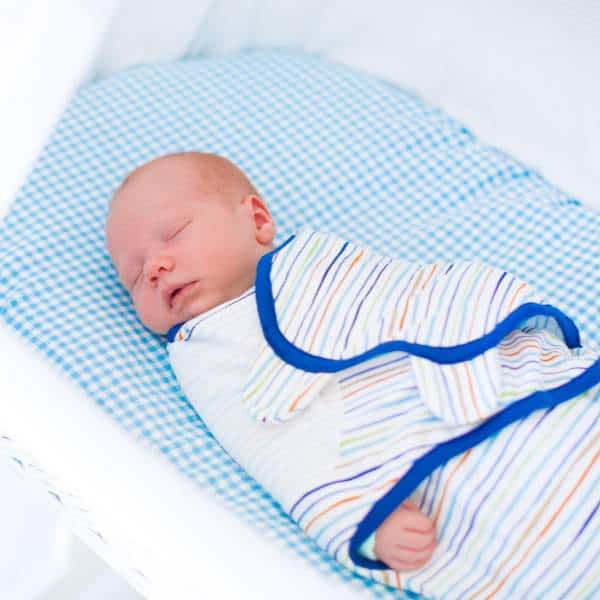Why Do Babies Move So Much in Their Sleep: Understanding Infant Sleep Patterns
It’s pretty wild to watch your baby sleep and realize just how much they move around. Little twitches, stretches, and even those tiny nighttime noises can catch you off guard. Babies move so much in their sleep because their brains are busy, especially during lighter sleep stages, and all this activity actually helps with their growth and development.
It’s natural to wonder if all that wiggling is normal or if something’s off. Most of the time, this is just part of how babies sleep. It’s a sign their bodies and minds are growing as they should. Knowing why your baby moves can ease your mind, maybe even let you enjoy these early days a bit more.
Key Takeaways
- Babies move a lot during sleep thanks to active brain growth.
- Most sleep movements are totally normal and healthy.
- Simple routines can help your baby sleep better.
Understanding Why Babies Move in Their Sleep
Babies are way more active sleepers than adults. Movements like stirring, stretching, and twitching actually mean things are on track with their development.
Natural Sleep Cycles in Babies
Your baby spends a lot of sleep time in active sleep. That’s when you’ll see arms and legs wiggle, little faces scrunch up, or hear soft grunts. Babies cycle between active (light) and quiet (deep) sleep, and their cycles are much shorter than ours, usually every 40–60 minutes. So, it’s normal to see them shift, kick, or make noises as they move through these stages.
Here’s a quick breakdown of the two baby sleep stages:
| Sleep Stage | Movements | Description |
|---|---|---|
| Active Sleep | Lots of movement | Eyes flutter, face moves, grunts |
| Quiet Sleep | Very little | Calm breathing, stillness |
These active moments help them practice getting back to sleep on their own as they grow.
Brain and Motor Development
When your baby moves in their sleep, their brain is busy learning and making new connections. All those twitches and stretches? They’re actually building blocks for healthy development.
Sleep movement helps babies strengthen their muscles and practice motor skills, even while they’re snoozing. The brain sends signals to different body parts, helping them get ready for things like rolling over, crawling, or reaching for toys.
You might notice finger flexing, head turns, or little kicks. Each one is a step toward stronger muscles and better control.

Differences Between Infant and Adult Sleep
Babies just don’t sleep like grownups. You might expect your baby to stay still once they’re out, but their sleep cycles are nothing like ours. Babies spend about half their sleep in REM, which is a light, active stage.
Adults have longer stretches of deep, still sleep. Babies, though, wake up more often and move around as they shift between sleep stages.
More movement doesn’t mean they’re uncomfortable. It’s just how their bodies and brains develop. It’s actually a good sign that things are working as they should, even during sleep.
Common Causes of Increased Movement During Baby Sleep
Babies can be super active at night, and that’s usually fine. Reflexes, startle responses, and how tired or stimulated they are during the day all play a part in how much they move.
Normal Reflexes and Startle Responses
Newborns move a lot because of natural reflexes and their developing brains. The Moro reflex, or startle reflex, is a big one. If there’s a sudden noise or change in position, babies might fling out their arms and legs. This is most common in the first few months.
Other movements come from their sleep cycles. Babies spend more time in active sleep than adults, so you’ll see twitching, squirming, or little jerks. These are expected and show your baby’s brain and body are growing.
Some babies have benign sleep myoclonus, which just means they twitch or jerk in their sleep. It’s usually harmless.
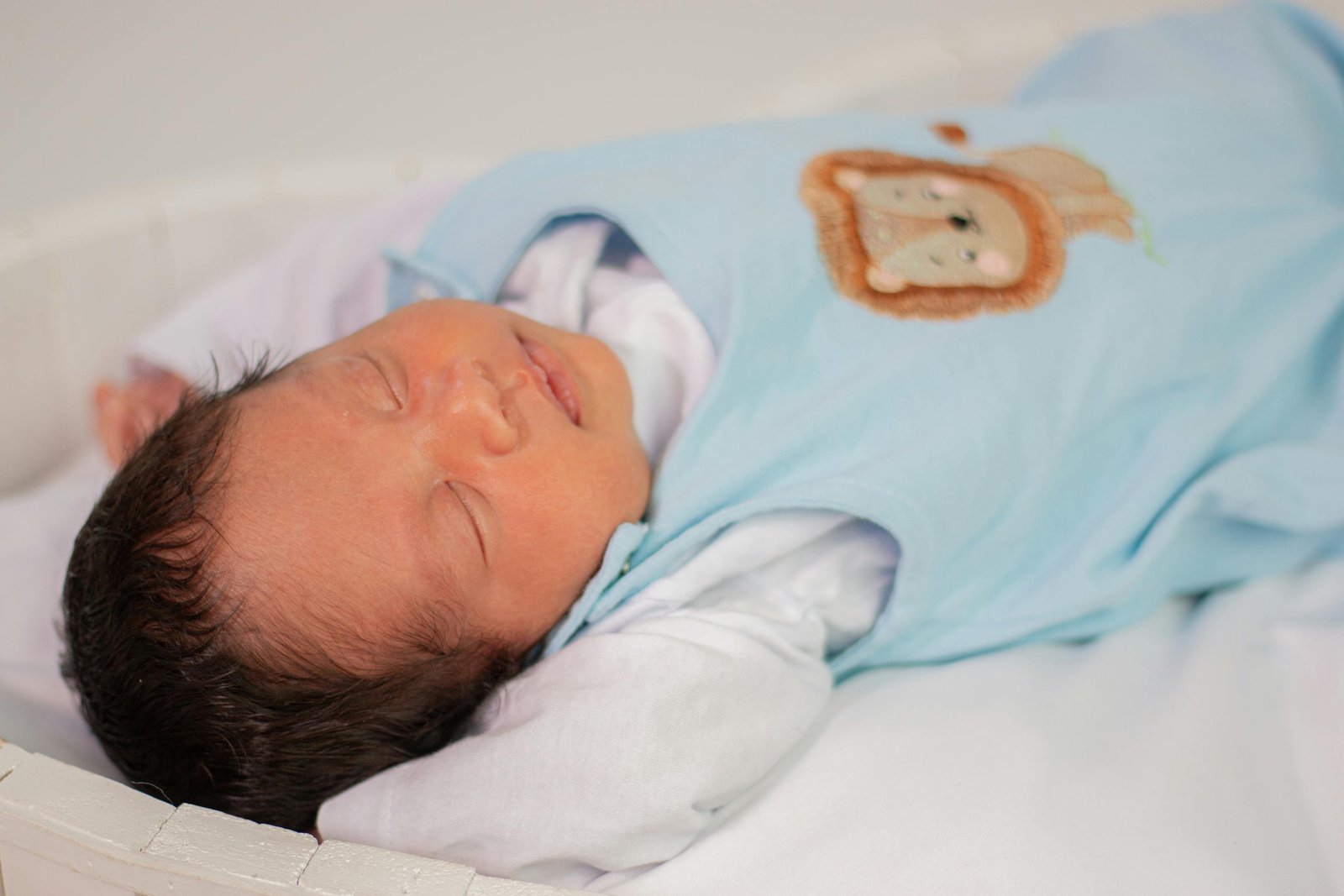
Effects of Being Overtired or Overstimulated
If your baby’s had a busy day or missed naps, they might move around more at night. Too much stimulation or being overtired can make it hard for them to settle down, leading to restless sleep.
Signs your baby is overtired or overstimulated? Fussiness, hard to settle, or waking up a lot. Try a calm bedtime routine and make sure they nap during the day. Keep lights low, noises down, and skip wild play right before sleep.
Being mindful of overstimulation can help cut down on nighttime movement. A simple, predictable routine makes it easier for your baby to relax and rest.
Supporting Healthy Sleep and Movement Habits
Helping your baby sleep well and move well starts with where they sleep and what you do during the day. Letting them move safely when they’re awake is just as important as a safe sleep space.
Safe Sleep Environments
A safe sleep area lowers risks like SIDS and helps your baby get better rest. Always put your baby to sleep on their back on a firm, flat mattress with a tight-fitted sheet. Keep out pillows, blankets, toys, and bumpers.
Room-sharing is recommended for at least the first six months. Same room, different beds. Make sure the room isn’t too hot or cold.
Check your baby’s sleepwear. It shouldn’t be too loose or tight, and breathable fabrics are best. If you use a sleep sack, make sure it fits well. These steps help your baby sleep safely and move freely.
Checklist for a Safe Sleep Space
| Item | Safe? | Unsafe? |
|---|---|---|
| Firm Mattress | ✔ | |
| Loose Blankets | ✔ | |
| Pillows | ✔ | |
| Crib Bumpers | ✔ | |
| Sleep Sack | ✔ | if too loose/tight |
The Role of Tummy Time Throughout the Day
Tummy time is key for building strength and control in your baby’s neck, shoulders, and arms. Place your baby on their tummy while they’re awake and you’re watching. Start with a few minutes at a time, a few times a day, right from the start.
As your baby gets stronger, slowly increase tummy time. This helps prevent flat spots on their head and supports normal growth. It also gets them used to moving in new ways and helps with rolling and crawling later.
Keep an eye on your baby during tummy time. Some babies aren’t fans at first. Try a soft blanket or get down on the floor and talk to them. It can make things more fun for both of you.
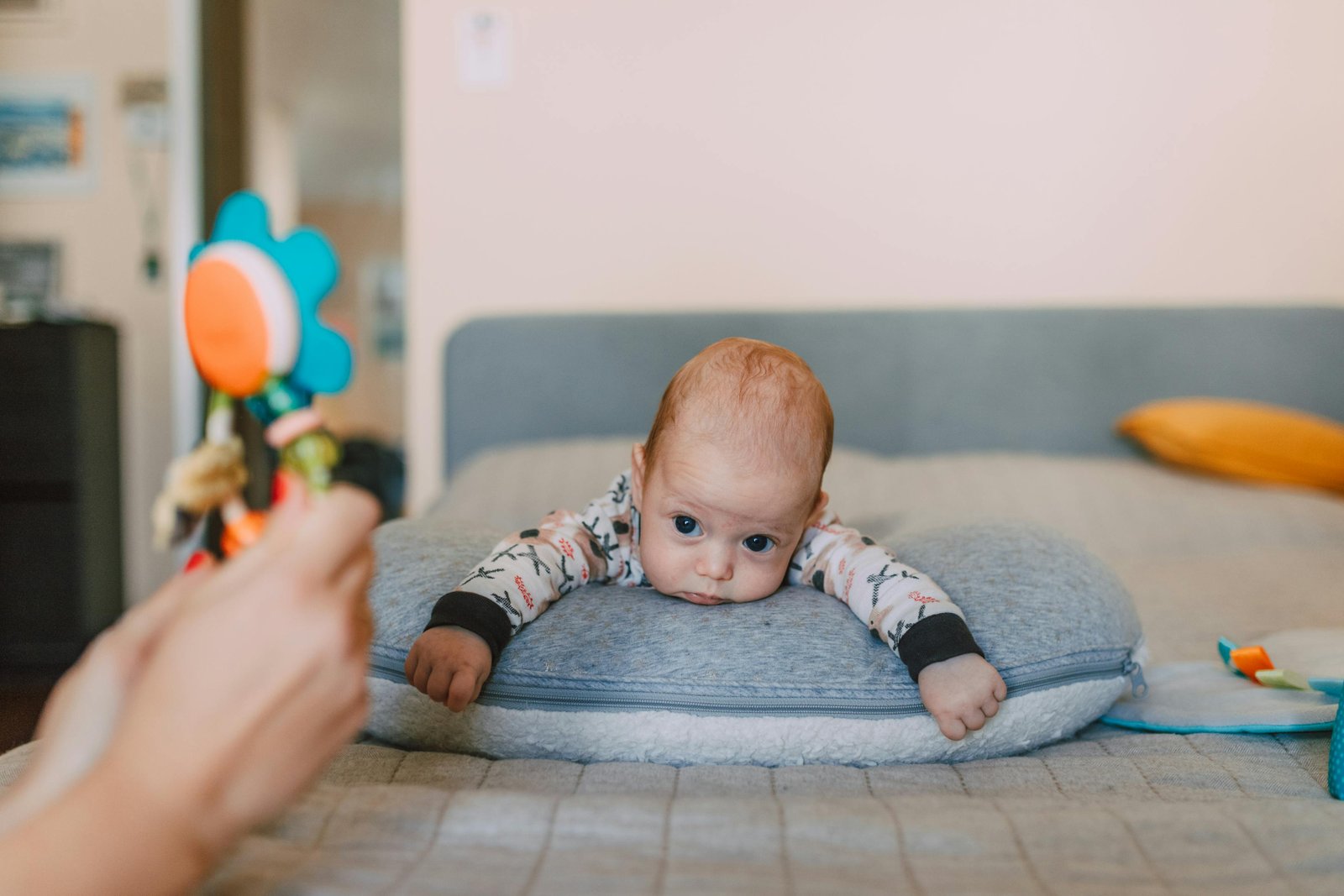
Benefits of Supervised Tummy Time for Motor Skills
Supervised tummy time gives your baby a chance to use muscles needed for big milestones—lifting their head, reaching for toys, pushing up, rolling, and crawling. Babies who get regular tummy time usually hit movement milestones like rolling and sitting with more confidence.
During tummy time, your baby learns where their arms and legs are, which helps with balance and coordination. The strength they build during the day makes nighttime movements smoother.
A simple tummy time routine could be:
- 0-3 months: 2-3 sessions daily, 3-5 minutes each
- Increase as your baby’s head control improves
- Try putting toys just out of reach to encourage reaching and moving
Tummy time is also a nice bonding moment. You can talk, smile, and watch your baby discover new ways to move.
Frequently Asked Questions
Babies move during sleep for lots of reasons, natural sleep cycles, growth, and more. These movements change as they grow, and it’s normal to wonder if something’s wrong or if your baby is comfy.
Is it normal for newborns to wiggle a lot in their sleep?
Absolutely. Newborns are super active while sleeping. Their brains and bodies are developing fast, and all that movement is part of it. Kicking, waving arms, making noises, and startling are especially common during lighter sleep.
What does it mean when a 4-month-old baby is very active during sleep?
If your 4-month-old moves a lot while sleeping, it usually means they’re in active sleep cycles. Babies at this age spend more time in lighter sleep as their patterns shift. These movements are harmless and don’t mean your baby is uncomfortable.
Can frequent movement in sleep affect a baby’s rest quality?
Usually, all that movement doesn’t stop babies from getting the sleep they need. Babies naturally go between light and deep sleep, and moving is normal in the lighter phases. If your baby wakes up happy and alert, they’re probably sleeping well.
At what age do babies typically start moving less while they sleep?
Most babies start to move less in their sleep after their first year. By 12 to 18 months, a lot of kids settle into deeper, more restful sleep with fewer movements. Some tossing and turning can still happen, but it’s rarely a problem.
How should parents manage a 6-month-old baby’s restless sleep movements?
You usually don’t need to do much if your 6-month-old moves a lot in their sleep, as long as they seem healthy and aren’t waking up upset. Make sure their sleep space is safe. No loose blankets or toys, firm mattress, that sort of thing. If you’re worried, don’t hesitate to check with your pediatrician.
Why might a 1-year-old suddenly start moving more during sleep?
A 1-year-old might get a lot more wiggly at night because of teething, growth spurts, or even just a change in their daily routine. Sometimes, dreams or hitting big milestones, like learning to stand or walk, can make them extra restless. If your little one seems way more active than usual and looks uncomfortable, it’s probably worth checking for signs of illness or asking your doctor, just to be safe.


